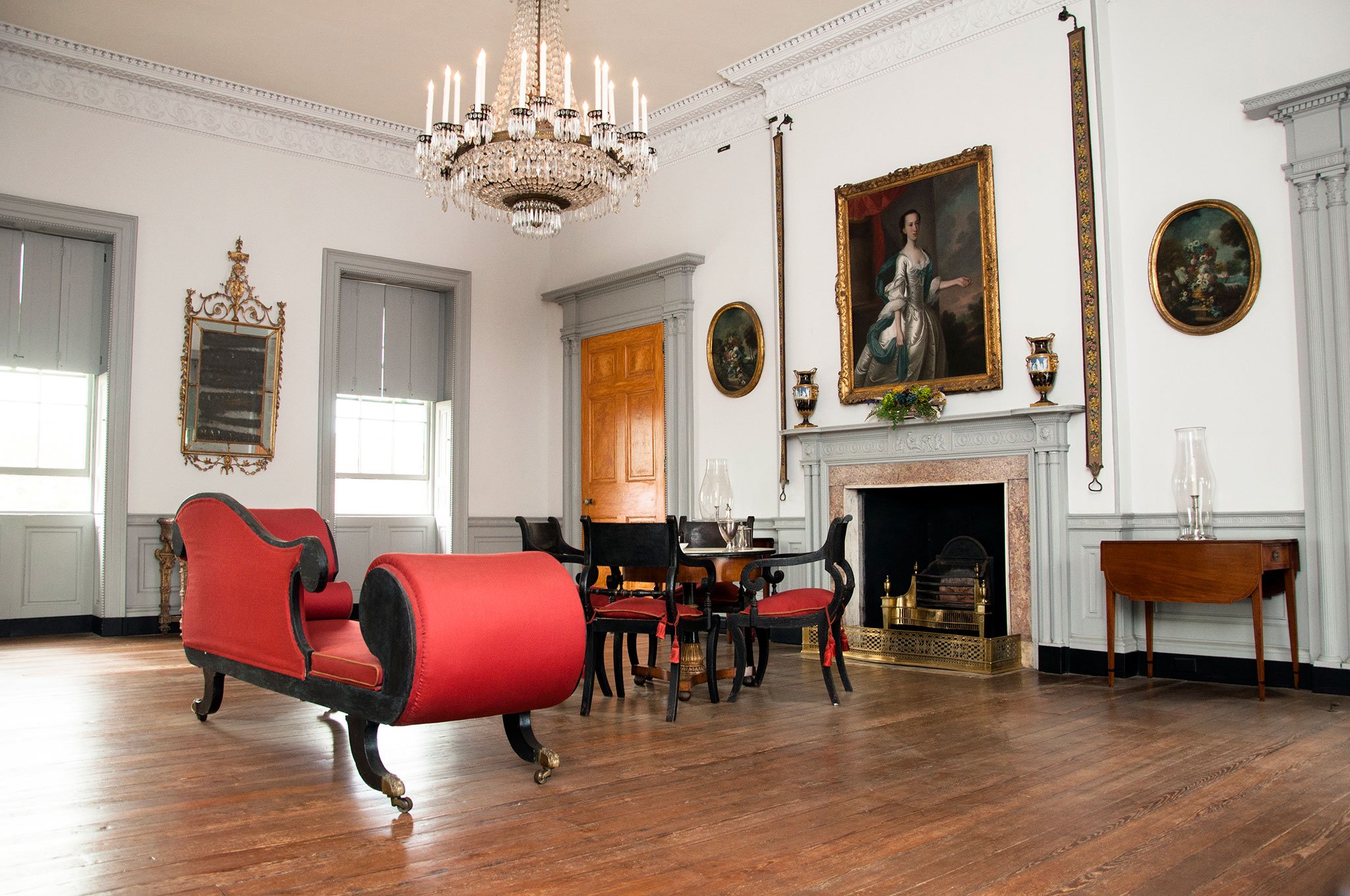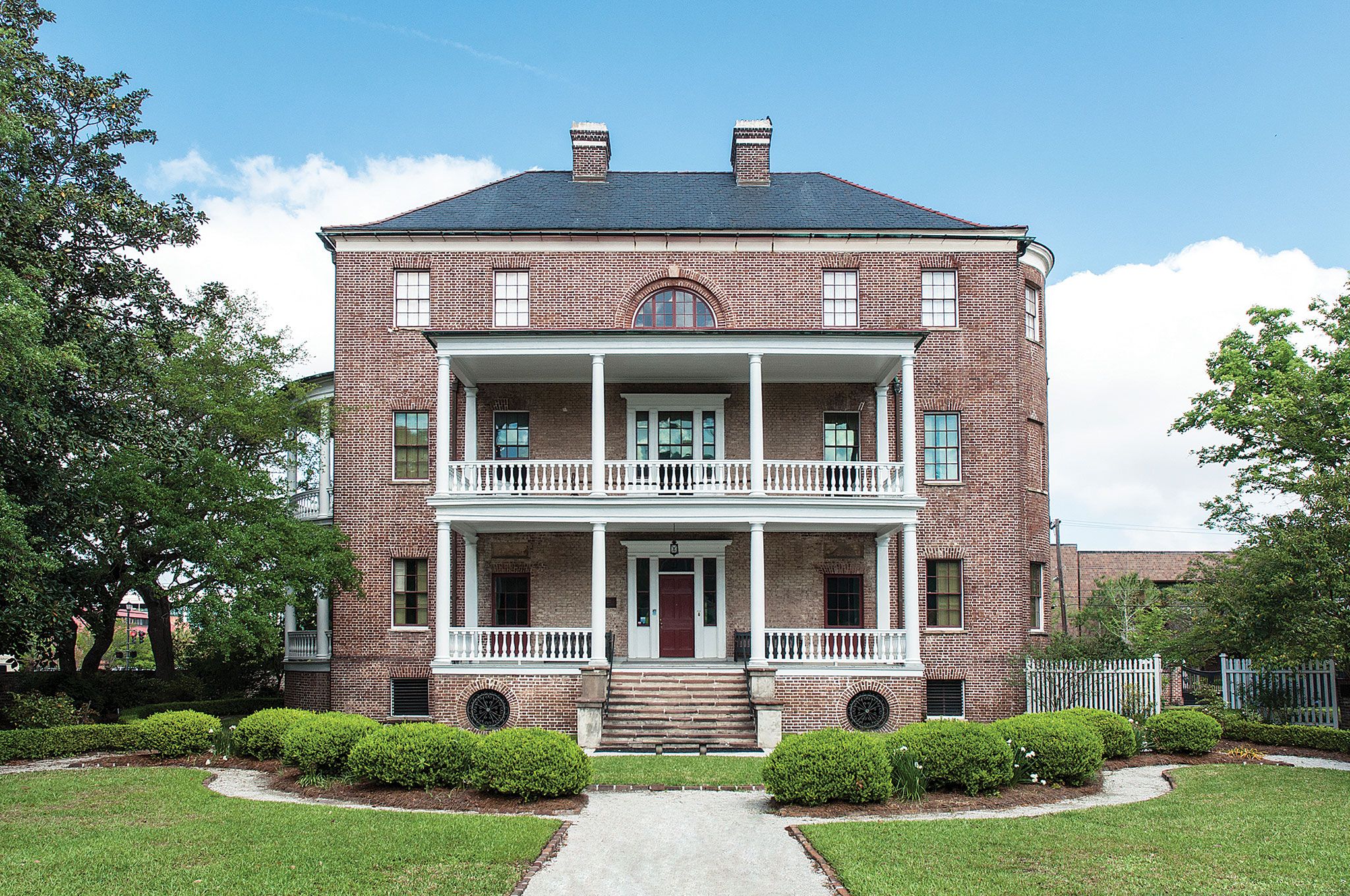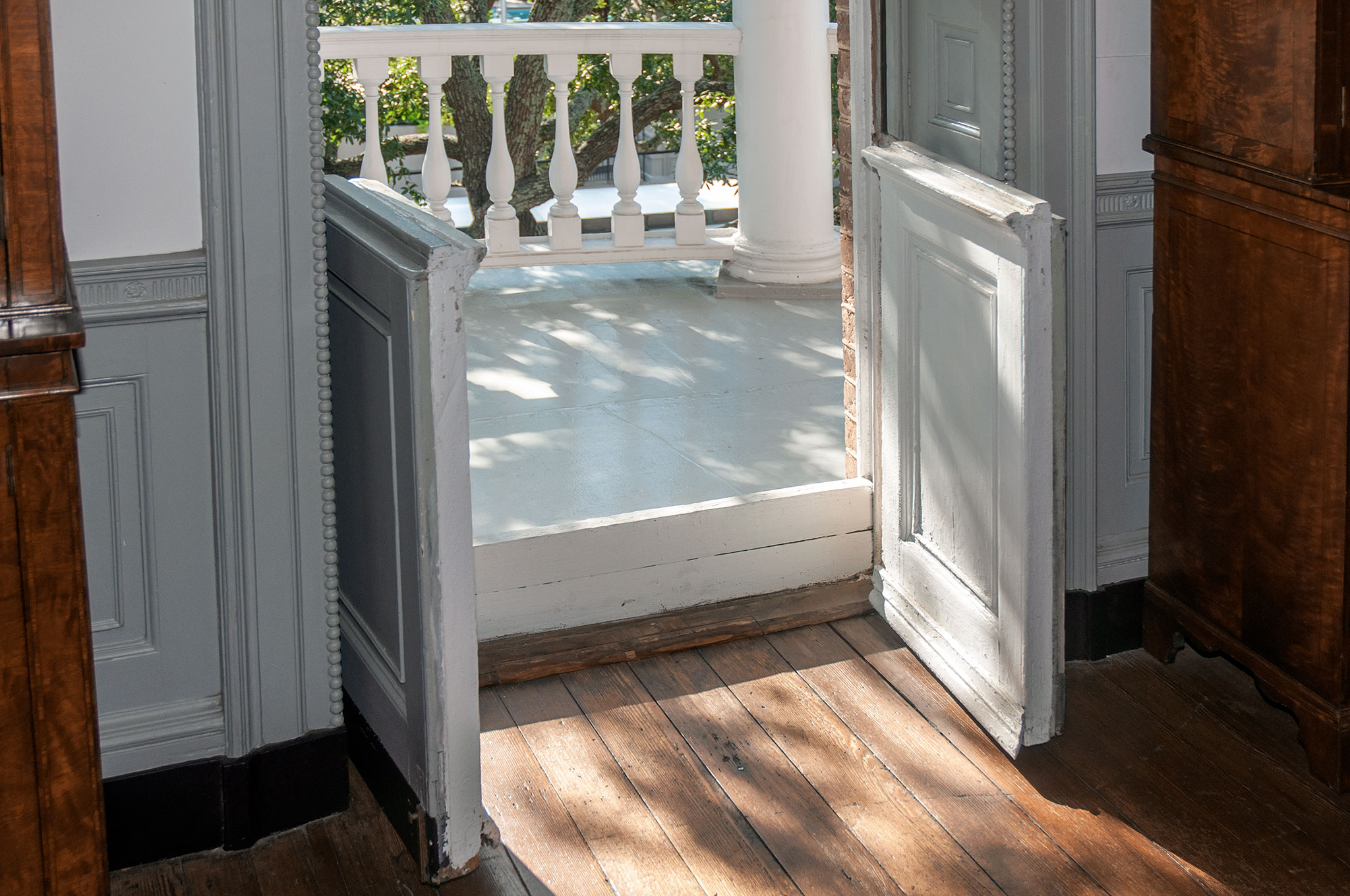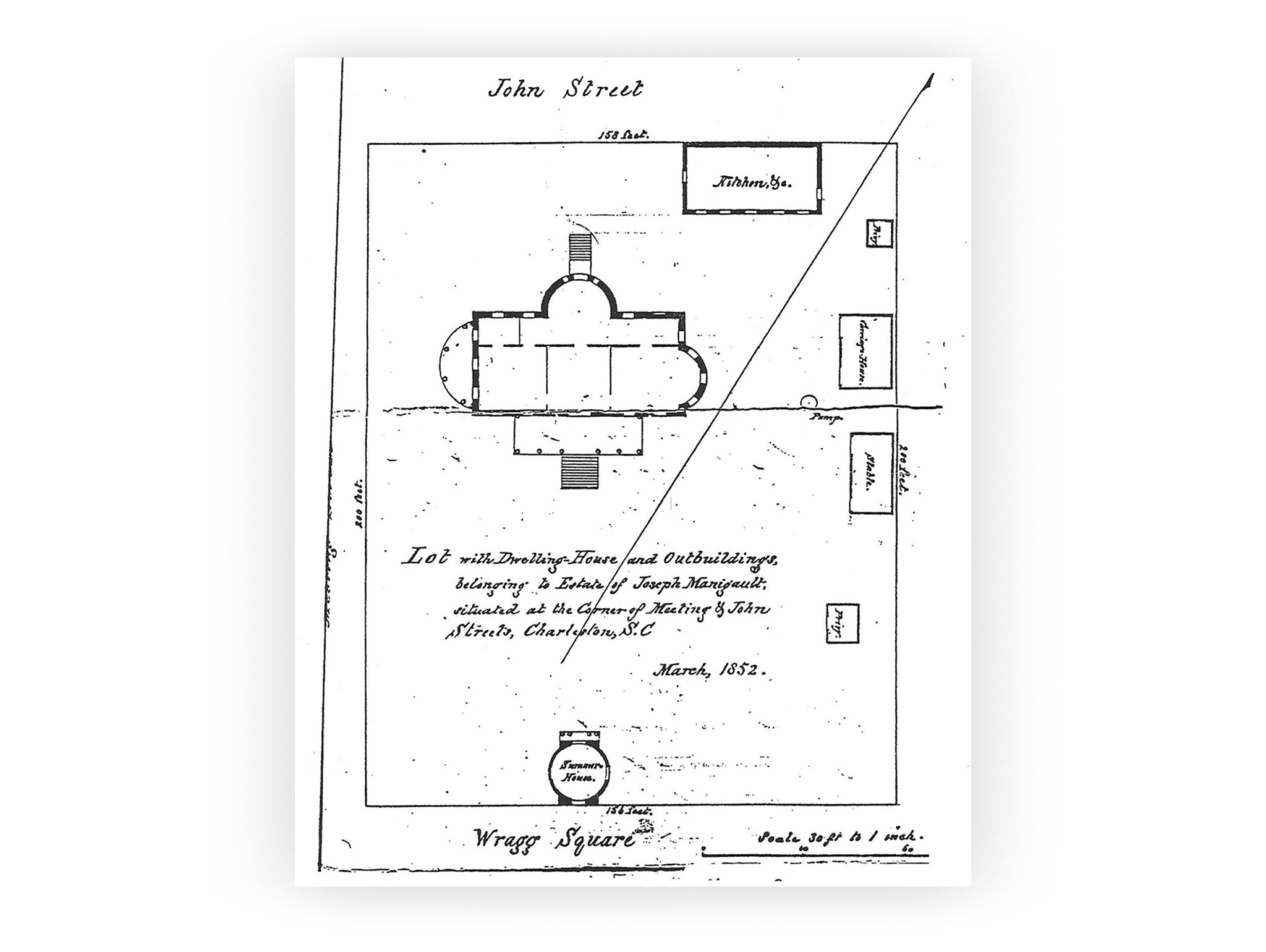Architecture Designed to Beat the Heat
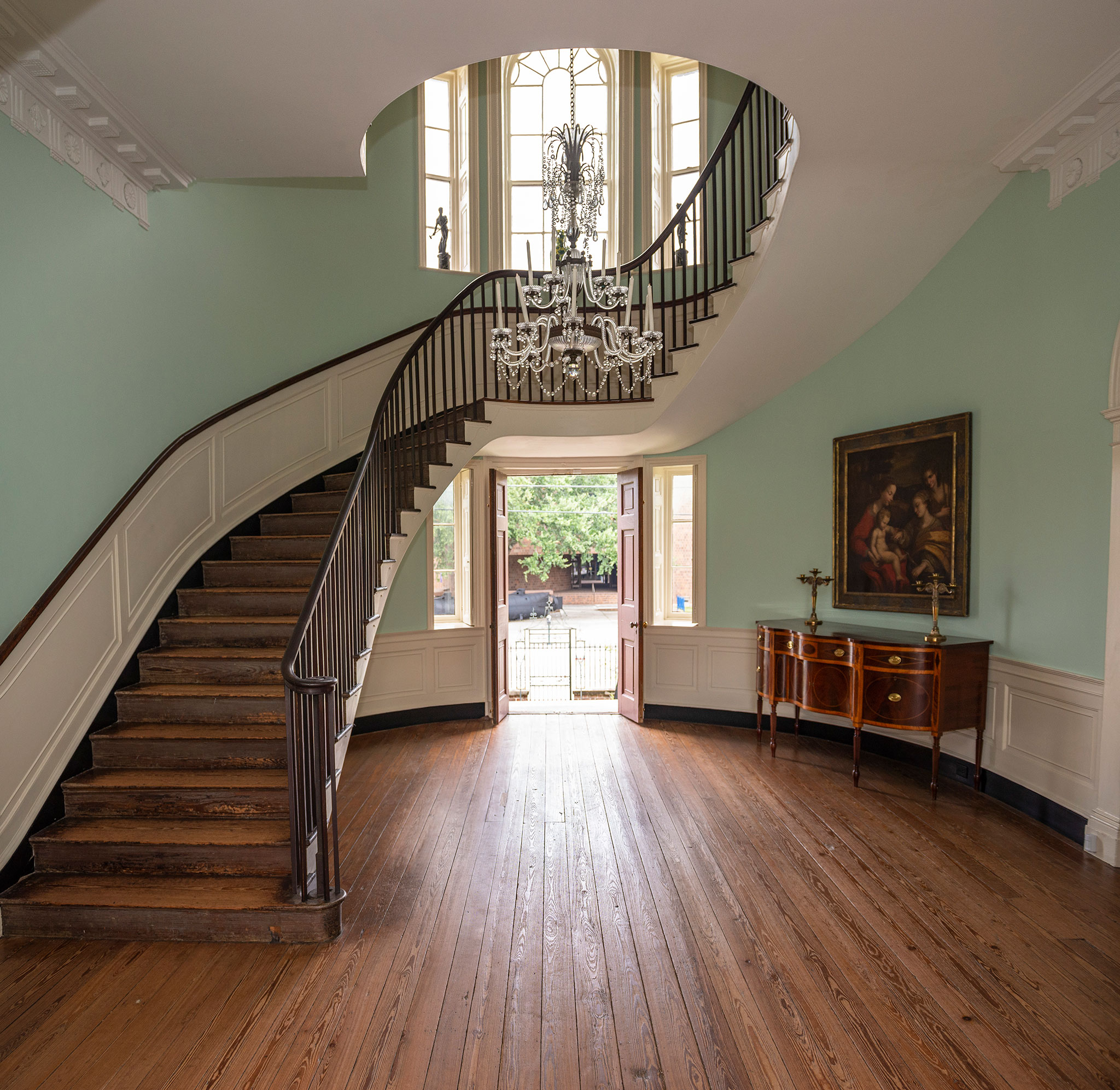
If you have ever experienced a Charleston summer, you are well aware of how hot and humid it gets in August. It can be hard to imagine how people dealt with these temperatures before there was the escape of air conditioning. The Joseph Manigault House is full of architectural features designed not only to impress, but also to keep the house as cool as possible through Charleston’s sweltering summers.
As you enter the main hall of the house your eyes are immediately drawn to the high ceilings. This feature is certainly a means of expressing wealth and status but it also has a functional purpose. The additional space creates room for hot air to rise, keeping temperatures cooler at floor-level. Large windows and doors provide additional relief, facilitating a substantial cross-breeze through the house. Charlotte Drayton Manigault noted in her journal on March 23, 1830 “To day every thing has put on the appearance of summer – the sun warm the air dry and almost every window and door thrown open.” So we know that having all the doors and windows open in the house would have been typical during the summer.
Another architectural feature of the home is the entertaining spaces located on the second floor. This was a common layout choice for Charleston homes in the early 1800s as it provided several important advantages. Here windows could be open during social events without exposing guests to the animal and street odors of 19th century urban life. The additional height also allowed better access to the evening sea breeze.
The Manigault house showcases another Charleston architectural feature of its time, sweeping piazzas. During the summer these served as additional living and entertaining spaces, allowing the family to take full advantage of the fresh air and breeze. They also provide additional shading to the windows, keeping inside temperatures down by reducing the sunlight in the room.
For easy access to these piazzas, all the rooms on the second floor feature jib doors. These doors are designed to blend in with the other windows when not being used. You raise the window all the way up and swing the bottom portion of the door in for access to the piazza, as well as a larger opening to encourage a cross-breeze.
Relief from the summer heat could be found in some spaces outside of the main house. The depiction of the lot from 1852, when the Manigault family sold the house, includes a notation of a “summer house”, or what we now refer to as the Gate Temple. This structure is an architectural folly, a building primarily constructed for decorative purposes. The Manigault family would have used the Gate Temple much like we use a gazebo today, providing a cooler place to enjoy the gardens.
While none of these features provide relief from humidity the way modern day air conditioning can, they are a great example of how certain architectural details can help beat the heat. Exploring the Joseph Manigault House in the summer gives us the opportunity to appreciate these features not only for their aesthetic value, but for their practical purposes as well.
Heather Rivet, Historic House Manager



